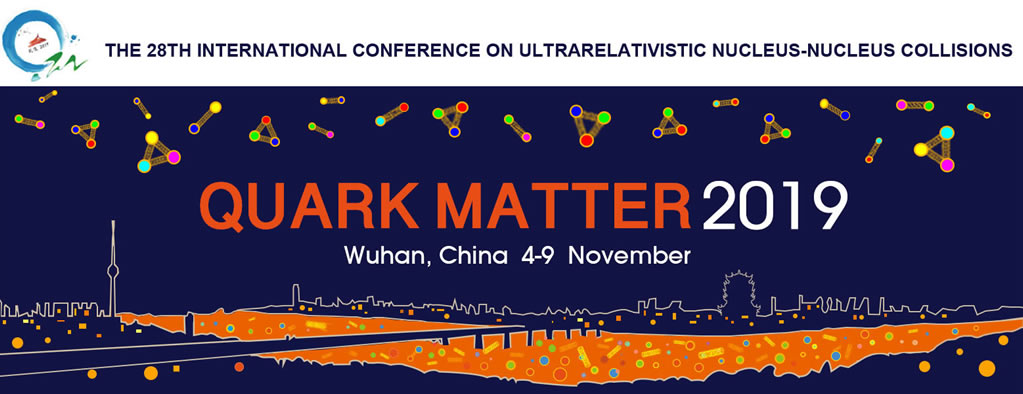Speaker
Description
The Compressed Baryonic Matter experiment (CBM) and the High Acceptance Di-Electron Spectrometer (HADES) are part of a worldwide research program devoted to study the phase diagram of strongly interacting matter at high baryon densities $\rho_{B}$ and moderate temperatures $T$ in p+A and A+A collisions. One of the major observables addressed by both experiments is dilepton production.
A central goal is to establish the excitation function of dilepton emission for heavy collision systems. While HADES is studying the lowest collision energies up to 1.5$A$ GeV, CBM, in a first campaign, will continue the excitation function to 12$A$ GeV. Central component of both detector setups is Ring Imaging Cherenkov Detectors (RICH), which are intended to identify and select leptons among all other particles.
Dalitz decays of long-lived neutral mesons ($\pi^0$, $\eta$) constitute an important source of dielectrons in the LMR (hadronic cocktail). The presented analysis aims to reconstruct neutral mesons using conversion ($\pi^0/\eta \rightarrow \gamma\gamma \rightarrow (e^+e^-)+(e^+e^-)$ or $\pi^0/\eta \rightarrow e^+e^-\gamma \rightarrow e^+e^-+(e^+e^-)$) inside the target or in first detector layers in order to provide an independent measurement of the respective multiplicities needed to constrain the hadronic cocktail with sufficient precision. Proper counting of these mesons requires an exact description of the combinatorial background below $\pi^0/\eta$ invariant mass peaks, which is achieved using the event mixing technique.
The poster will present first results from the conversion based analysis of $\pi^0$ and $\eta$ multiplicities using the new HADES data set obtained for Ag+Ag at 1.58$A$ GeV collisions in spring this year. For this run, the photon detector of HADES RICH was replaced by a newly developed MAPMT based system also foreseen for CBM. The performance obtained in the HADES run was studied in details and consistently introduced in the CBM experiment simulation framework.
Respective results of performance studies of the CBM experiment will also be shown.
$\text{*supported by BMBF 05P15PXFCA and GSI}$
